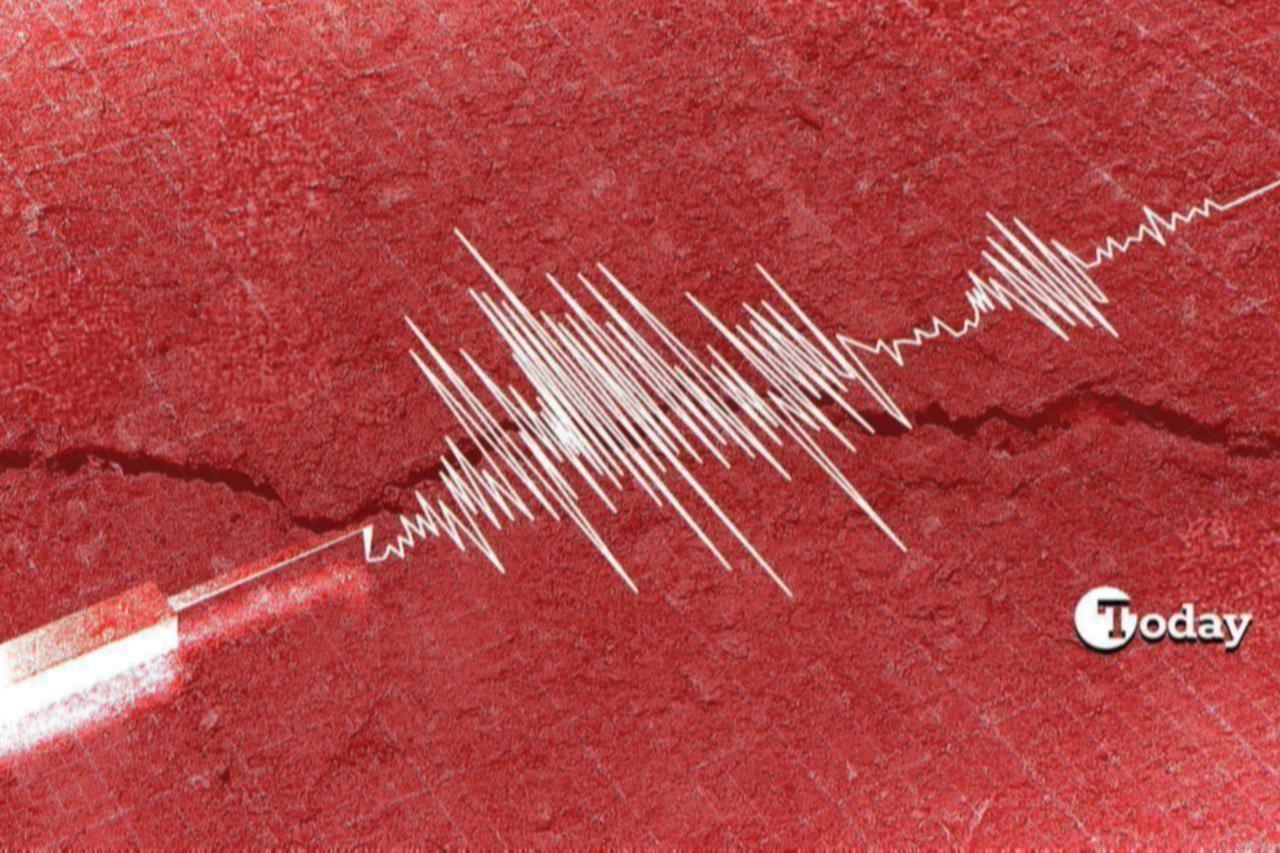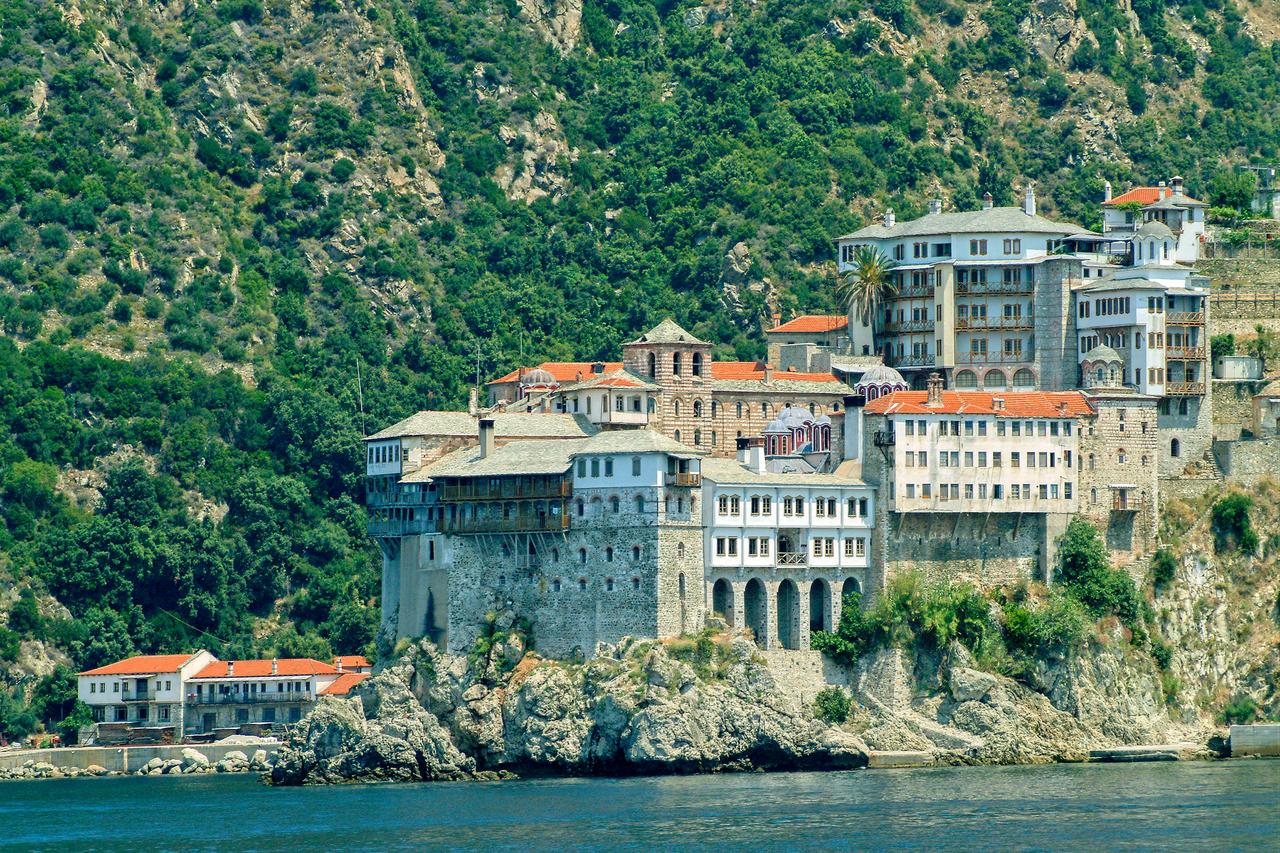
An earthquake hit Mount Athos in northern Greece early Monday morning. It measured 4.8 on the Richter scale and struck at a depth of 8 kilometers (4.97 miles). People in nearby areas felt the shaking, but no damage or injuries were reported.
Experts said the center of the quake was about 9 kilometers west of Karyes, the main town of Mount Athos. Because it was not very deep, the shaking reached the surface more strongly, To Vima reported.
Seismologists explained that this was not the first quake in the area this year. Since early 2024, they have recorded over 1,000 quakes near Mount Athos. About ten of them were stronger than 4.0, and the biggest was a 5.2 quake three months ago.
Efthymios Lekkas, head of Greece’s Earthquake Planning and Protection Organization, said there is no reason for fear, but scientists are paying close attention.
“The fault that causes these quakes is still active,” he said on the state TV ERT. “We don’t think it will make a quake bigger than the 5.2 we saw earlier, but we must keep watching.”

This fault was not known before this year. Scientists only found it thanks to new recordings from their instruments. It lies partly under the sea and partly on land, but its full size is not yet clear.
Lekkas explained that earthquakes are hard to predict: “We cannot say for sure what will happen underground. We only know what our data shows, and it does not always tell us the full story.”
Mount Athos is a UNESCO World Heritage Site known for its ancient monasteries. Quakes are not unusual in the region, but this new fault line has made the area important for scientists studying earthquakes.